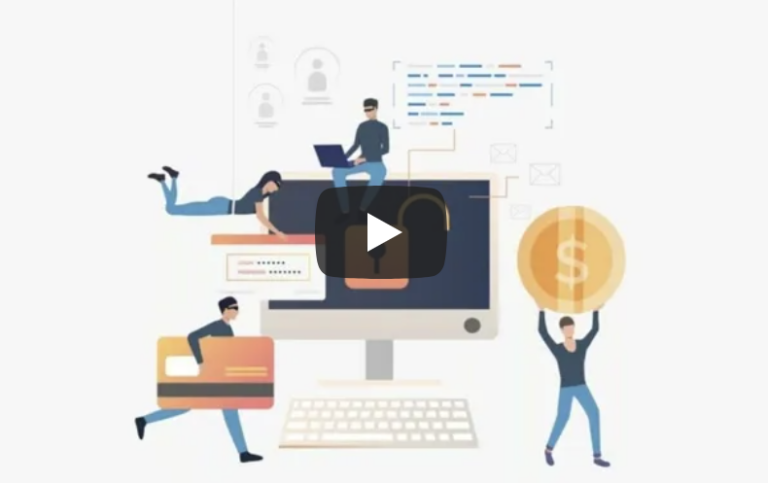This fall marks the beginning of the third school year in a post-pandemic world, and it’s no secret that K-12 systems across the country are facing some pretty serious challenges as we find ourselves still in the midst of one of the most transformative global events in living memory. Remote learning and unprecedented online connectivity in classrooms have helped keep the current generation of students from completely missing years of their education, and though in person learning is back, educators are still relying heavily on technology to manage growing class sizes and supplement traditional styles of teaching. Teachers have an incredibly tough job, and we support anything to make their lives easier. However, as remote learning, classroom connectivity, and school owned devices that go home with students all seem to be here to stay, an important question arises: What is being done to protect students against the increased risk of cyber crime that comes with the widespread adoption of technology in K-12 education? The answer: It depends on the school.
The responses to the threat of cyber crime in America’s schools are as diverse as the institutions themselves. At the time of this writing, there are almost no top down provisions being made to ensure that every student in the nation is protected from digital threats. By scanning the Department of Education’s website you’ll find a few sparse guidelines for reducing the risk of online attacks, but none of these guidelines provide any real world advice on how to implement the suggestions. This lack of direction when it comes to digital safety means that every state, community, and even individual school has to essentially fend for itself. A few, mostly private and charter institutions, have the funding to purchase impressive software systems that can provide a good defense against attacks, as well as hire IT staff to maintain both the software and hardware used for digital learning. Unfortunately though, most school systems in our country don’t have the independent resources to create and apply their own unique cybersecurity plan. Teachers, administrators, and IT specialists tend to be stretched to the breaking point as a matter of course, and there’s rarely money for things like basic building repairs, much less an extensive cybersecurity overhaul.
To us the solution to this problem is clear. If the money to invest in comprehensive defenses against cyber threats isn’t coming from the federal or state level then we need to be teaching students to defend themselves by instilling foundational cybersecurity skills and tech literacy from a young age as a regular part of school curriculums. Don’t get us wrong, there’s a ton of value in security software that can monitor network activity and block certain types of content, but this approach is all defense and no offense in addition to the steep cost. To truly keep students safe from cyber attacks, and make effective use of the precious few resources public schools in particular receive, we need to empower students with the tools they need to protect themselves from cyber threats in school and beyond.
Cybersecurity is an important part of personal safety in modern life, but to most people its best practices are much less intuitive than physical safety. At its core, cybersecurity is a skill that needs to be taught and practiced just like any other. A software system like SurfWisely is designed to do exactly that. SurfWisely engages students with the content by stressing the importance of cybersecurity, showing the freedom tech literacy provides, and using fun and familiar sports themes. The platform is a ready-made curriculum exploring a wide range of relevant topics that’s easy for teachers to pick up and run with.
SurfWisely’s goal isn’t just safety in the present moment. One of the main benefits of teaching students tech literacy is that it introduces the idea that they too could have a job in IT some day. IT professionals make cybersecurity possible for large scale institutions like schools, and in only a few years we could see students who were given access to programs like SurfWisely graduating from high school with a solid foundation in cybersecurity and entering a pipeline to important, high paying jobs in IT. A new generation of tech savvy professionals who deeply understand how to defend themselves and the organizations they lead against the constant threat of digital attacks would help cut off the flow of easy money that cyber criminals are currently taking advantage of at a rate the world has never seen before. Today’s students are tomorrow’s innovators and thought leaders, and despite the threats that come with modernization, the future is bright for these kids. If we do our part as parents and educators, we can help ensure that our children leave high school fully prepared. It’s clear that the federal government isn’t going to take real steps to achieve this goal anytime soon, but that doesn’t mean we can’t do the work ourselves in our own communities to empower the next generation by giving them the tools they need.




